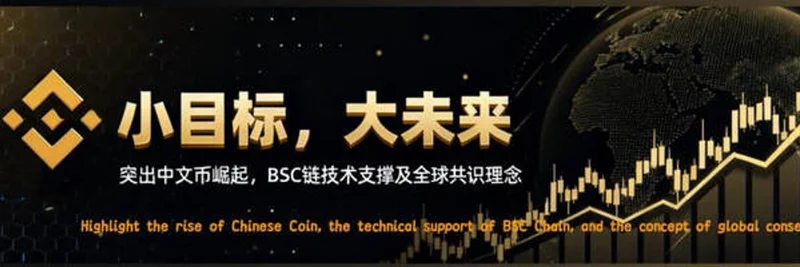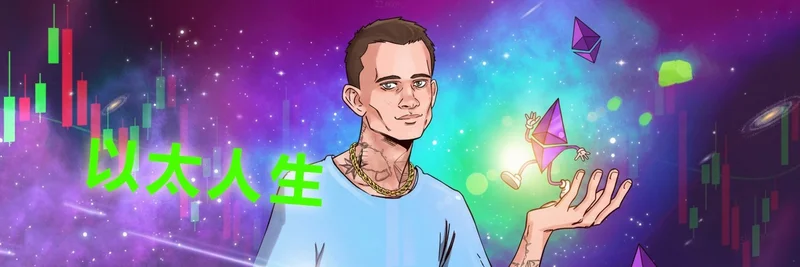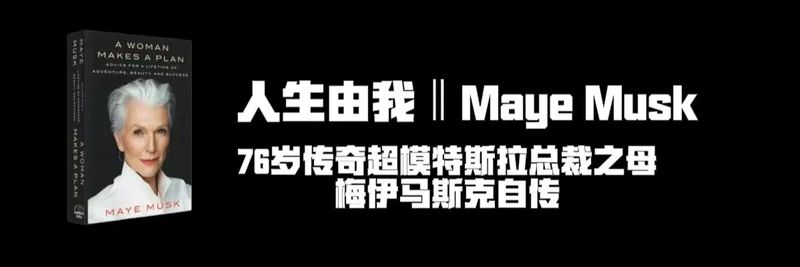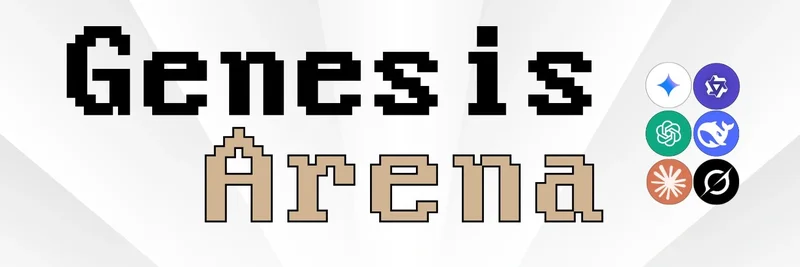In the fast-paced world of cryptocurrency and finance, where web-based platforms dominate trading, analytics, and even meme token launches, a fresh perspective is emerging. Edgar Pavlovsky, known for his work in convexity and affiliations with projects like @darkresearchai and @paladin_solana, recently shared a thought-provoking tweet that's sparking discussions among blockchain enthusiasts.
Pavlovsky expressed his growing belief that there's a significant underinvestment in desktop applications for crypto and finance sectors. He's personally fatigued by the ubiquity of web apps and finds desktop versions to be more intuitive and enjoyable, particularly when integrated with artificial intelligence (AI). This isn't just a casual observation—it's a call to rethink how we interact with blockchain tools.
The Appeal of Desktop Apps in a Web-Dominated Era
Web apps have become the go-to for everything from checking meme token prices on platforms like DexScreener to managing DeFi portfolios on sites like Uniswap. They're accessible from any browser, which is great for quick checks on the go. But Pavlovsky points out a key drawback: they often lack the polished, native feel of desktop software.
Desktop apps run directly on your computer, using your device's full capabilities without the limitations of a browser. This means faster performance, better integration with hardware (like GPUs for AI computations), and a more seamless user experience. For crypto traders dealing with high-frequency trades or complex analytics, this could mean the difference between catching a meme token pump and missing out.
Imagine an AI-powered desktop app that analyzes blockchain data in real-time, predicts meme token trends based on social sentiment, and executes trades—all without the lag or security concerns sometimes associated with web interfaces. Pavlovsky's hunch suggests we're missing out on these innovations because investors and developers are too focused on web-first solutions.
Community Reactions and Broader Implications
The tweet didn't go unnoticed. Replies from users like @2xhasbi_ echoed the sentiment, noting that "desktop apps hit different." @Bitvizory agreed, emphasizing better user experience (UX) for power users, while @SkylineETH highlighted how local apps convey trust and permanence—crucial in the volatile world of crypto where scams and rug pulls are common.
This discussion ties into larger trends in blockchain. Meme tokens, often born from viral social media moments, rely on quick community engagement. A robust desktop app could enhance this by offering tools for meme creation, token minting, or even AI-generated content to fuel hype. Think of it as evolving from simple web bots to full-fledged desktop suites that empower creators and traders alike.
For blockchain practitioners, shifting some focus to desktop development could lead to more secure, efficient tools. Desktop apps can implement stronger encryption for wallet management or run decentralized nodes more effectively than browser extensions. In finance, where precision matters, this native approach might reduce errors in high-stakes environments like arbitrage or yield farming.
Why This Matters for Meme Token Enthusiasts
At Meme Insider, we're all about demystifying meme tokens and the tech behind them. Pavlovsky's insights remind us that innovation isn't just about new blockchains or smarter contracts—it's also about how we access and use them. If desktop apps gain traction, we could see a new wave of user-friendly tools that make diving into meme tokens easier for newcomers.
For instance, an AI-enhanced desktop app could scan X (formerly Twitter) for emerging memes, evaluate their potential based on engagement metrics, and even suggest portfolio allocations. This aligns with the growing intersection of AI and crypto, where machine learning helps predict market movements or generate NFT art for meme projects.
Looking Ahead: Opportunities in Desktop Crypto Tools
As the crypto space matures, diversifying beyond web apps could address pain points like browser compatibility issues or privacy concerns from third-party trackers. Developers eyeing this gap might find untapped funding from VCs interested in AI-blockchain fusions.
Pavlovsky's tweet is a nudge toward exploring these underinvested areas. Whether you're a DeFi degens, meme token flipper, or blockchain builder, considering desktop alternatives could enhance your workflow and security.
Stay tuned to Meme Insider for more updates on crypto tools, meme token trends, and tech insights. If you're building something in this space, we'd love to hear about it!




